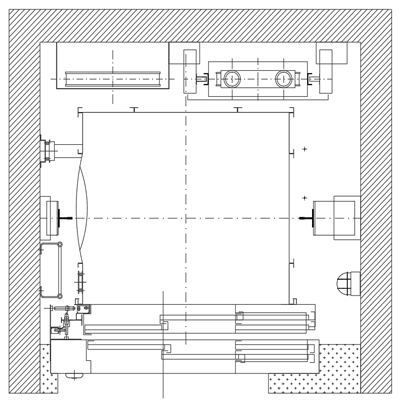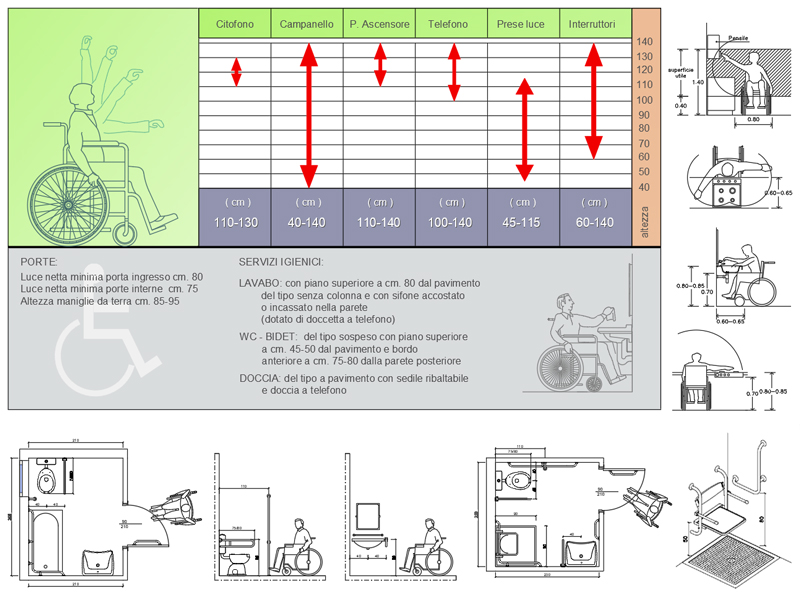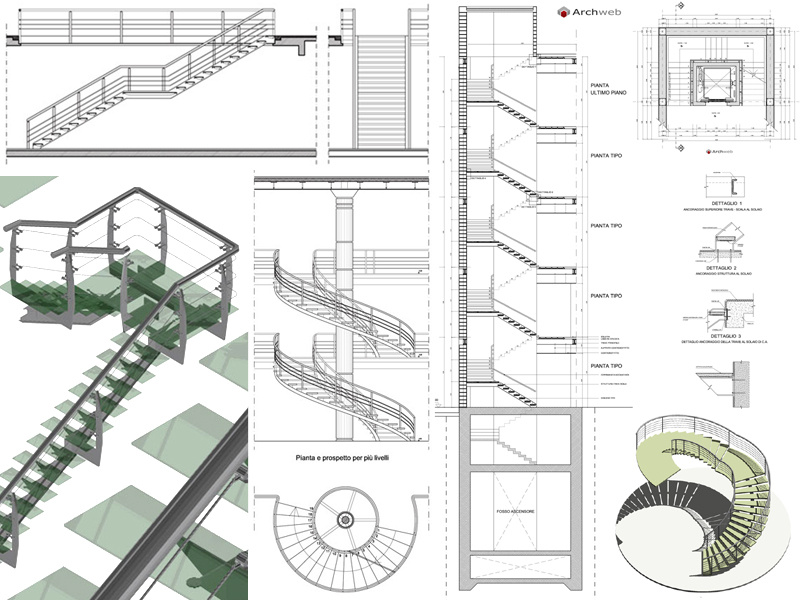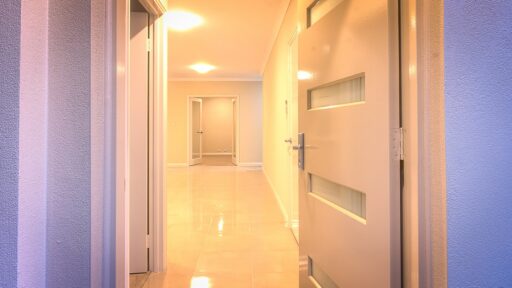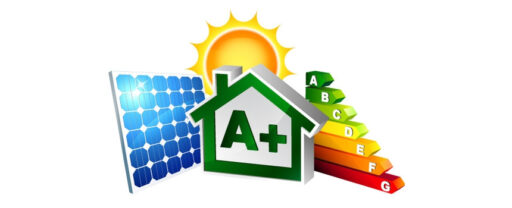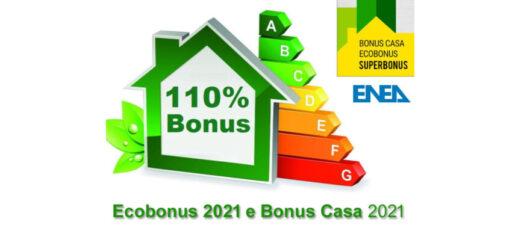The lift pulled by the superbonus at 110%
The 2021 Budget Law also adds the elimination of architectural barriers to the targeted interventions
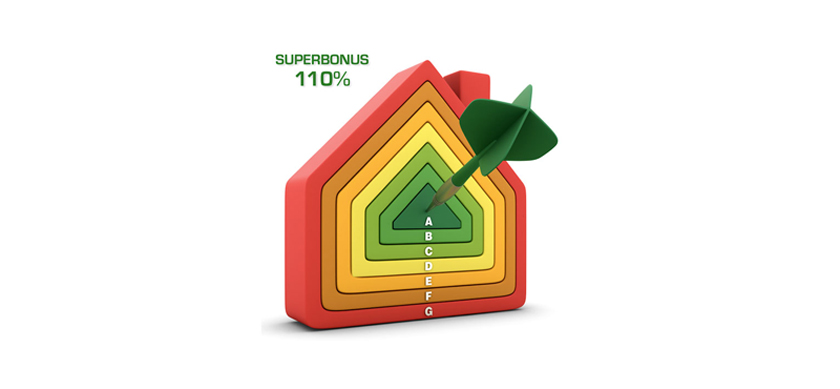
If the 110% superbonus really includes elevators, many properties from the building boom of the 1970s could be revalued.
With the recent 2021 Budget Law, the deadlines for using tax bonuses for renovations aimed at saving energy in residential buildings have been extended. This is probably the most important aspect to ensure that the 110% superbonus can be effective on the national territory.
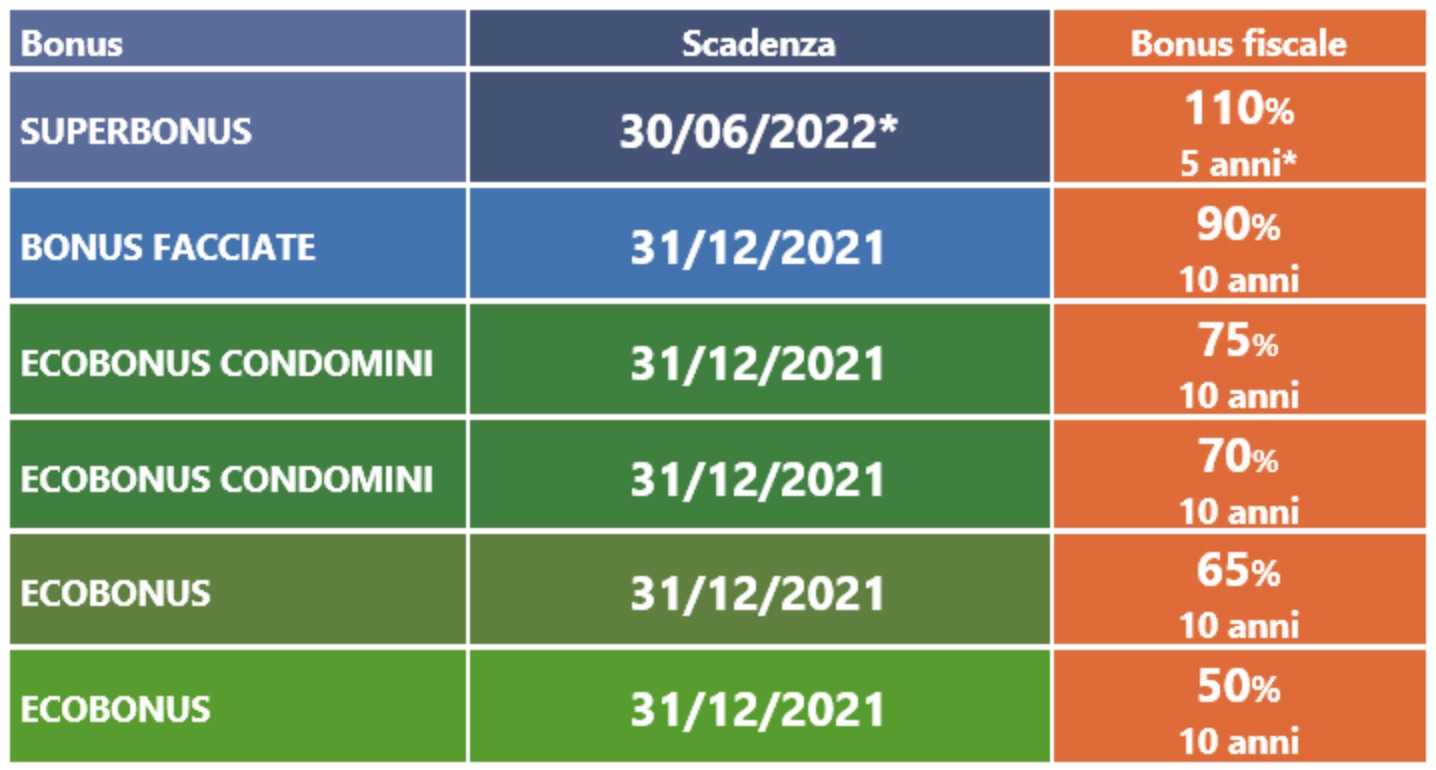
In this article we are interested in a particular aspect introduced by the recent budget law which aims to include the removal of architectural barriers in the superbonus, an operation with possible important repercussions on the value of individual real estate units.
With the facade bonus and the 110% superbonus extended to the removal of architectural barriers, the market value of condominiums from 50 years ago could grow significantly.
Article 66 of Legge 30 dicembre 2020 , n. 178 (Budget Law 2021) modifies article 119 of Legislative Decree 19 May 2020, n. 34, converted, with amendments, by Law 17 July 2020, n. 77. Paragraph D of article 66 modifies paragraph 2 of article 119 by adding
… after the words: « within the spending limits established, for each energy efficiency intervention, by the legislation in force, » the following are inserted: « as well as the interventions envisaged by article 16-bis, paragraph 1, letter e), of the consolidated text referred to in the decree of the President of the Republic of 22 December 1986, n. 917, even when carried out in favor of people over the age of sixty-five, » …
Article 16-bis of Testo Unico del 22/12/1986 n. 917 (Deduction of expenses for interventions to recover the building heritage and energy requalification of buildings) provides for a 36% deduction for various interventions up to a maximum of €48,000 per real estate unit, including in letter e) those
… aimed at eliminating architectural barriers, concerning lifts and goods lifts, at the creation of every tool which, through communication, robotics and any other means of more advanced technology, is suitable for promoting internal and external mobility housing for disabled people in serious situations, pursuant to article 3, paragraph 3, of the legge 5 febbraio 1992, n. 104 ; …
Which in turn acts
If the impairment, single or multiple, has reduced personal autonomy, related to age, so as to make permanent, continuous and global assistance intervention necessary in the individual or relationship sphere, the situation takes on a serious connotation. Recognized serious situations determine priorities in the programs and interventions of public services.
In fact the site governo.it/superbonus specific:
Once at least one of the leading interventions has been carried out, the beneficiary can decide to also carry out the so-called “driven” interventions, such as the replacement of fixtures, solar shading, the installation of photovoltaic systems, storage systems, charging columns of electric vehicles, home automation systems, the elimination of architectural barriers for disabled people in serious situations and for people over the age of 65, and much more. The set of these interventions (driving and driven) must lead to a minimum improvement of at least two energy classes of the building or real estate unit located within multi-family buildings which is functionally independent and has one or more independent accesses from the external.
Like the other interventions inherent to the same measure, if you take advantage of the possibility of credit transfer, you won’t pay a penny for the lift either.
It would seem that if there is at least one person in this condition in the condominium, the installation of a lift can be included among the supported interventions and enjoy the 110% superbonus.
Considering the age of the properties and the probable age of those who live there, the presence of a disabled person in a serious situation among the condominiums is not such a remote condition. A percentage of disability greater than 50% is required and the need for treatment related to the already established disabling illness, for example an oncological disease, is certified.
It seems like a somewhat grotesque situation that brings to mind the film “Put Grandma in the Freezer”: if we have an invalid in the condominium, we can use the elevator. And this could have a non-negligible impact on the revaluation of individual real estate units, especially if considered together with the other necessary driving and driven interventions, as well as those relating to the facade bonus.
In essence it is a deep retrofit really important that not only affects the energy consumption of the building and individual real estate units, but also on functional adaptation, aesthetics and the removal of architectural barriers, contributing to a general improvement in well-being, as well as living comfort. From all this it is obvious that the revaluation of the single unit on the real estate market also derives. In the end the old building can get quite close to a new NZeb.
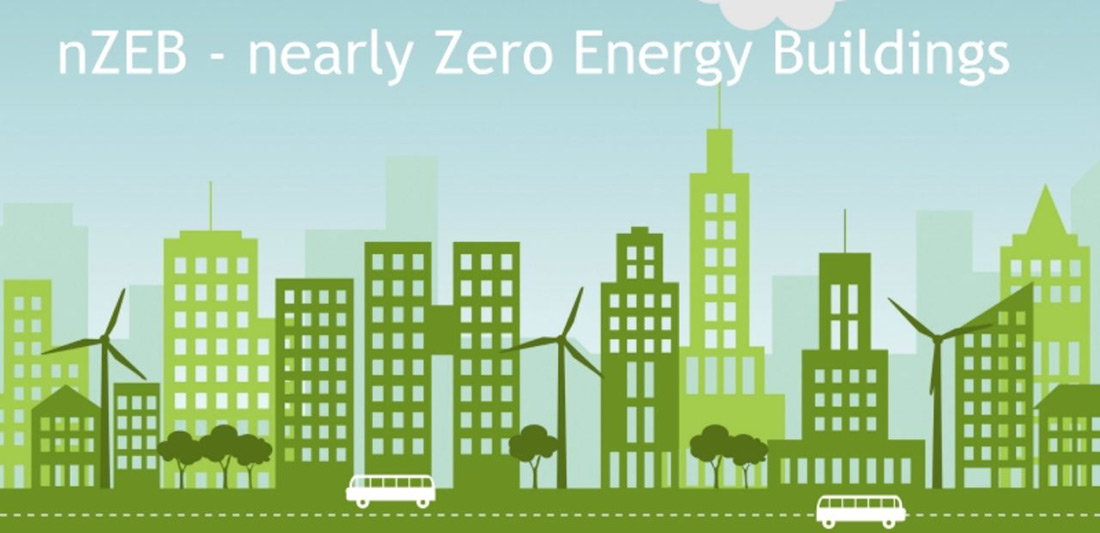
nZEB – nearly Zero Energy Buildings | Source: idrotermicacoop.it
How does the installation of lifts and stairlifts currently work in buildings that do not have them?
If the disabled person wants the stairlift and does not find consensus in the assembly, he pays for it, deducts it and uses it, generally exclusively. If someone else later wanted to use it, he would have to pay the relevant fee (reevaluated over time).
It’s obviously more complex than that.
It is advisable to convene a condominium meeting with the proposed intervention on the agenda, present the project and estimate, submit it to a vote, etc….
But even if a favorable majority were not found, or it was not even possible to have a meeting, the interested party could still proceed at his own expense. As long as the common areas are not negatively affected, for example damaging the intended use, altering the decoration, compromising the right of use of others.
There are various deductions that can be of considerable help to the individual condominium owner who wishes to install a stairlift, but one might think that if the condominium assembly does not express a majority in favor of an extraordinary intervention of this type (which determines the subdivision of the spent on a per thousand basis), most of the time it is a question of money, both for the installation and maintenance of what can be considered a burdensome innovation . But if it comes for free, who will object in the assembly? Nobody. In fact, let’s forget about the stairlift and make the elevator which is much better.
Not all buildings lend themselves equally well to the removal of architectural barriers.
After the theory, moving on to practice, we need to deal with the innkeeper, that is, the building and its typology which does not always make things easier. In condominiums with a U-shaped staircase of “minimum” dimensions and a stairway towards the outside of the building, it may mean having to gut the stairwell, put the lift near the entrances to the apartments (hoping to have enough space to comply with the measures) and then reconstruct the staircase at least partially in an external volume.

New lift diagram in old condominium | di Archweb
Not a small expense! Other than deduction, you have to get the money out first. You want to get at least half of the condominiums to agree!
We always talk about reaching the majority of thousandths, but in cases like this it often almost coincides with half of the condominiums, because we are talking about buildings built around 1970 in which the apartments are all first homes owned. So many apartments mean as many owners to agree on.
A rather frequent situation, which can identify large sections of our suburbs.
But if there is the transfer of credit, because this intervention is among those driven by the 110% superbonus, even if there were spending limits per housing unit (which are probably at least 6 on 3 floors) it is likely that we will be within it quietly.
Very good. Let’s pretend that all the interventions available are carried out on this old condominium at no cost to those who live there. And they all lived (or rather will live) happily ever after.
Nearby there is another new condominium, completed just before work began on the old one.
Suppose that the market value per square meter of the new apartments was approximately double that of the old building.
After this super deep retrofit on the old one, what is the difference in market value between the two buildings?
It has certainly shrunk a lot. Probably among the reasons that still weigh in favor of the greater value of the new one are the state of maintenance and the typology of the individual apartments, the quality of the condominium open spaces and the availability of garages still made to measure for the Fiat 127.
There will be no underfloor heating, nor a second bathroom, but the apartments can be renovated independently whenever you want. On the other hand, the bills are still lower than before and perhaps this is compensated by a lower cadastral income compared to the new building.
Perhaps a wider availability of well-renovated apartments on the market could also affect the price of new ones, precisely due to a greater supply of almost substitute goods. In any case, it is an excellent form of investment for condominium owners, who will in fact find themselves in possession of a well-revalued property without having invested a penny.
And now the weather forecast: rain of gifts on the shabby granny on the third floor who made all this possible, especially from the heirs.
Energy savings increase the value of properties, but an overall renovation can do better.
Energy efficiency also produces a revaluation of properties, if only because it reduces operating costs (bills), but being able to carry out more substantial modernizations, such as an elevator, the renovation of facades, balconies and windows, should have a much greater weight on the market value of individual real estate units.
Not that all this doesn’t have a social relevance: peripheral residential contexts are re-evaluated, urban decay is fought, architectural barriers are demolished, oxygen is restored to the entire construction sector supply chain which has been suffering for years, etc.
And without a doubt it also does some good to quite a few people.
Just think about the number of inhabitants in Italy, their average age (which continues to increase), then you take your shopping bags to the third floor and you immediately get an idea, perhaps vague, of how many people would benefit from a widespread adoption of tools for residential redevelopment of this type.
Without considering that anyone can find themselves with a leg in a cast for a few weeks.
The fact that with Covid we have all become accustomed to a certain form of domestic seclusion cannot be a justification for saying that even without leaving home we still survive, because to all intents and purposes it means a reduction in well-being of quite a few people.
However you want to look at the issue, it is always a question of positive impacts on the territory which fall within the 17 points of the Agenda 2030 . Like clean energy and responsible consumption, we find health and well-being, sustainable cities and communities, and the reduction of inequities.
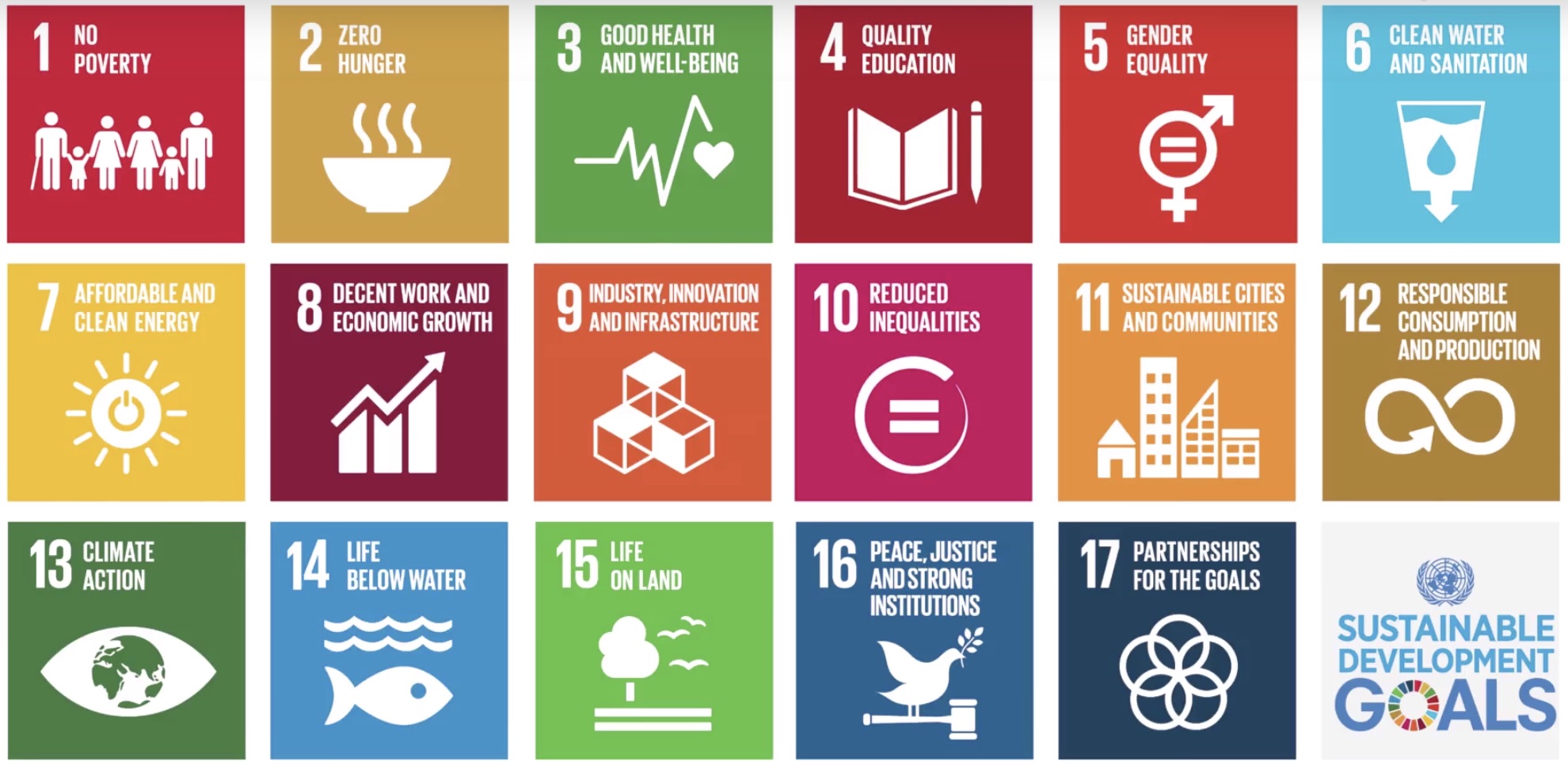
To do the lift you need a handicap, a condition of gravity, or a certain age.
The problem is not the potential gain (which can be realized in the event of the sale of the property) that is generated for some individuals, because this comes together with generalized benefits for society, which remain the primary aim of such Government initiatives.
If anything, what gives rise to a bit of perplexity is that to achieve significant improvements for many it is necessary to go through the disadvantages of a few, of some individual handicapped people in severe conditions, who would need to receive more from others than to give.
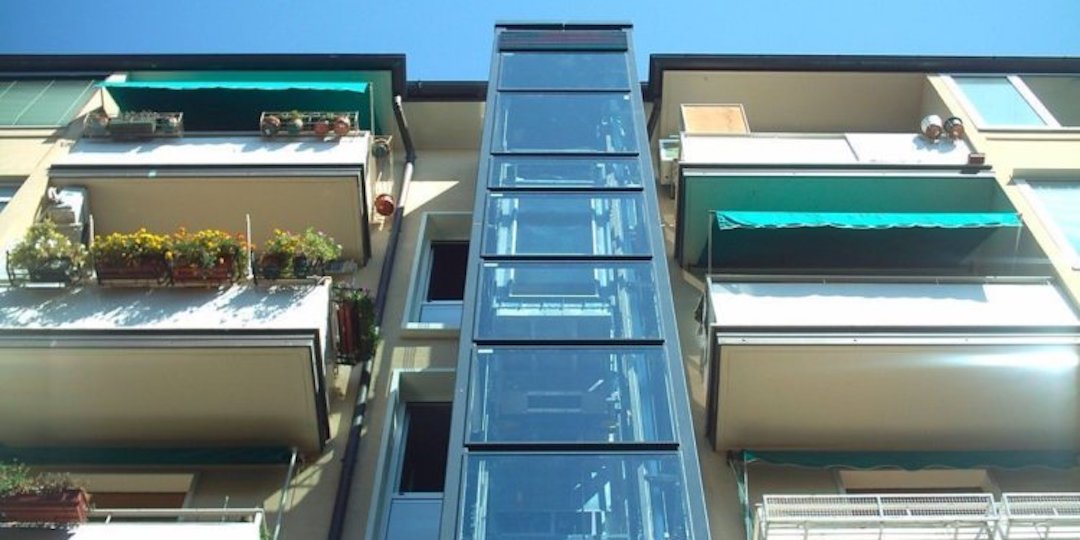
New external lift in existing building | Source: miolegale.it
And on the other hand, if everyone in the condominium is fine, you are left out of the game, because all these bonuses, including the intervention on architectural barriers, are still transitional measures which, if you are unable to take them quickly, must be lost. It may be that they will be more or less extended for other years, perhaps with changes, but at the moment we don’t know, so it is better to think with the known deadlines.
To be honest, even the handicap and the serious condition can have a transitory nature, given that they are subject to assessment and then revision of the “expiring” certificates. Yes, some ailments can also be cured.
At the end of the discussion it may be that seizing the opportunity, fitting in as best as possible between the extemporaneous nature of laws, invalidities and serious conditions, could really be the most useful way to take advantage of an unprecedented benefit with little probability of recurring, but which brings much more lasting benefits both for the individual property owners and for the community.
These benefits can and must rightly tickle the imagination of condominium owners, administrators and designers, but there are some lock picks to leverage that do not stand out for their fairness.
The Revenue Agency has updated the Superbonus 110% guide with all the regulatory changes relating to the benefit until September 2021.
Download the guide (pdf)






























































